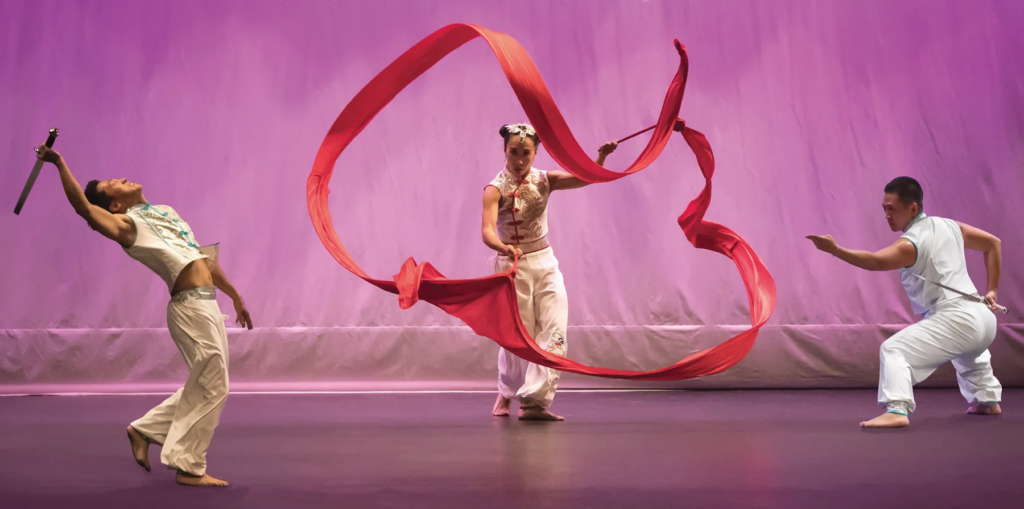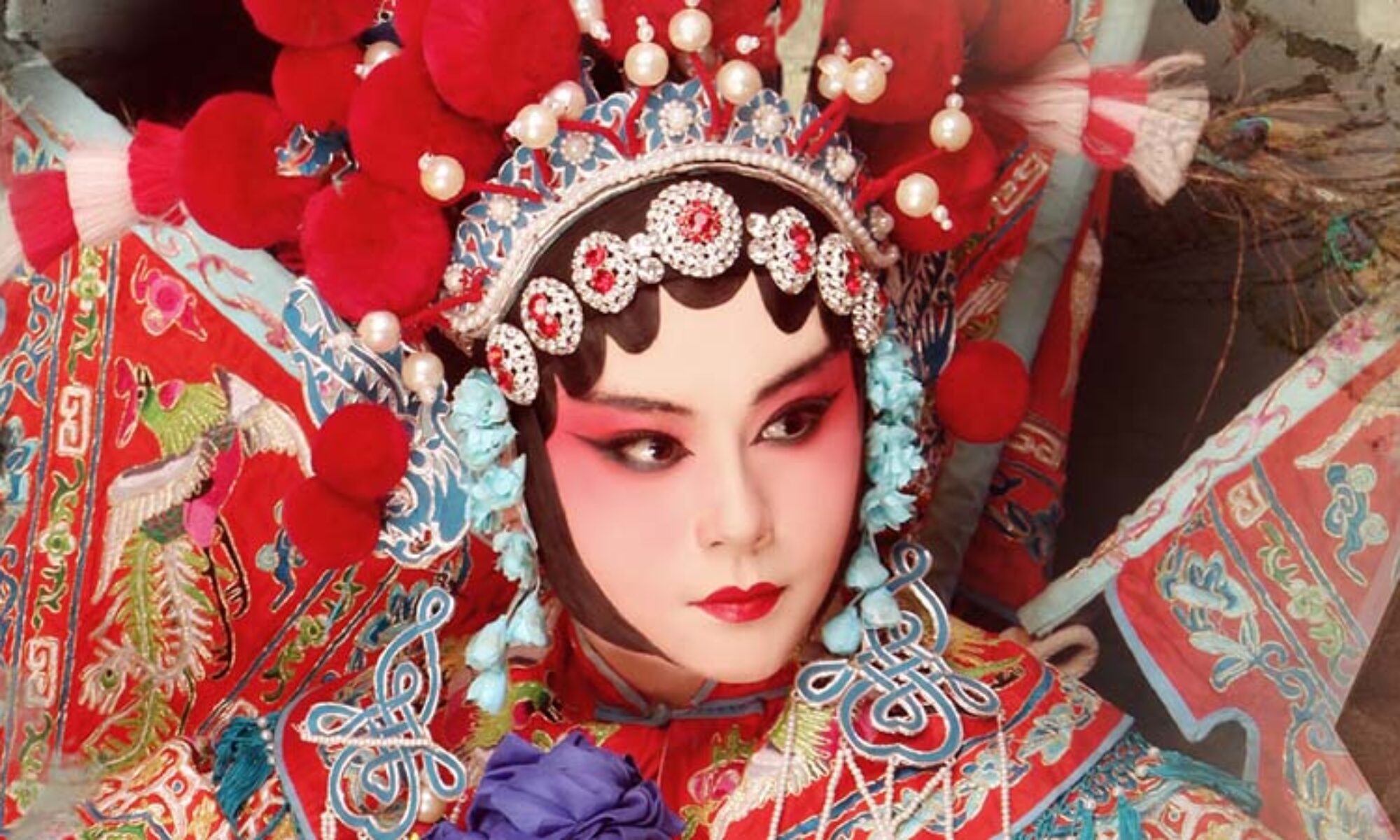
The Graceful Art of Ribbon Dance
Ribbon dancing is a captivating dance form that combines grace, rhythm and visual beauty. Dancers move long ribbons attached to sticks to create captivating displays of fluid movement. This ancient art form has been treasured throughout history and is often performed to express joy, celebration, and a deep connection with music and the environment. Dive into the enchanting world of ribbon dancing and explore its meaning and artistic appeal.
The origins of the ribbon dance go back centuries and its roots are rooted in various cultures around the world. In ancient China, band dances were part of ceremonies, festivals and traditional performances. Chinese dancers used long silk ribbons attached to poles to create mesmerizing patterns in the air. Similarly, in Japan, the dance form called mai incorporated the band’s movements, enhancing the grace and expressiveness of the performance. Ribbon dancing was also incorporated into European folk dances, where dancers held colored ribbons that they intertwined and moved in synchronized patterns.
The ribbon dance has symbolic meaning in various cultures. Flowing ribbons represent the elements of air and wind, embodying a sense of freedom, grace and fluidity. The bright colors of the ribbon enhance the visual spectacle and evoke feelings of joy, celebration and vitality. The dance itself is a harmonious blend of movement and music, with dancers synchronizing graceful gestures with rhythms and melodies to create an immersive experience for performers and audiences.
Performing the ribbon dance requires precise control and coordination. The dancer holds a stick in each of her hands and manipulates a long ribbon attached to the stick. By deftly moving his arms, wrists and fingers, he creates intricate patterns and shapes in the air. The ribbon gracefully follows the dancer’s gestures, drawing arcs, spirals and loops, emphasizing the beauty and fluidity of movement. Also, the dancer’s footwork, posture and facial expressions are important in conveying the intended emotion and story of the performance.
Ribbon dancing is often associated with happy occasions and celebrations. It is often played at festivals, cultural events, weddings, etc., and its lively and lively character creates a festive atmosphere. The synchronized movements of the dancers to the music mesmerize and awe the audience. Ribbons Her dance can also be used as a form of self-expression, allowing dancers to channel their emotions, tell stories and create immersive visual narratives through flowing ribbons.
In modern times, ribbon dancing has evolved and adapted to new forms of artistic expression. Choreographers and dancers combine tradition and innovation to integrate different dance styles and techniques. Using a variety of fabrics, materials and colors in ribbons gives the art form a modern twist and allows for more creative exploration. Ribbon dancing has also been incorporated into theatrical performances and incorporated into large-scale productions to enhance storytelling and create visually stunning scenes.
Ribbon dancing is an immersive and expressive art form that transcends time and culture. Its graceful movements, bright ribbons and rhythmic flow create a visual spectacle that embodies joy, celebration and artistic expression. From ancient origins to contemporary interpretations, ribbon dance continues to captivate audiences around the world, a testament to the enduring power of human creativity and the universal language of dance.
